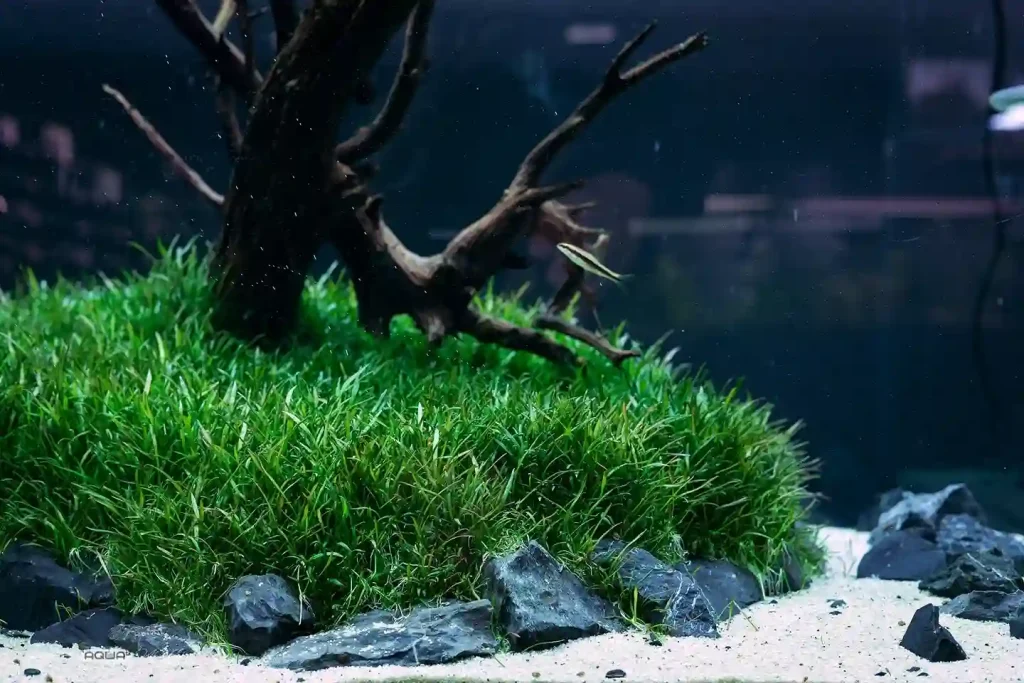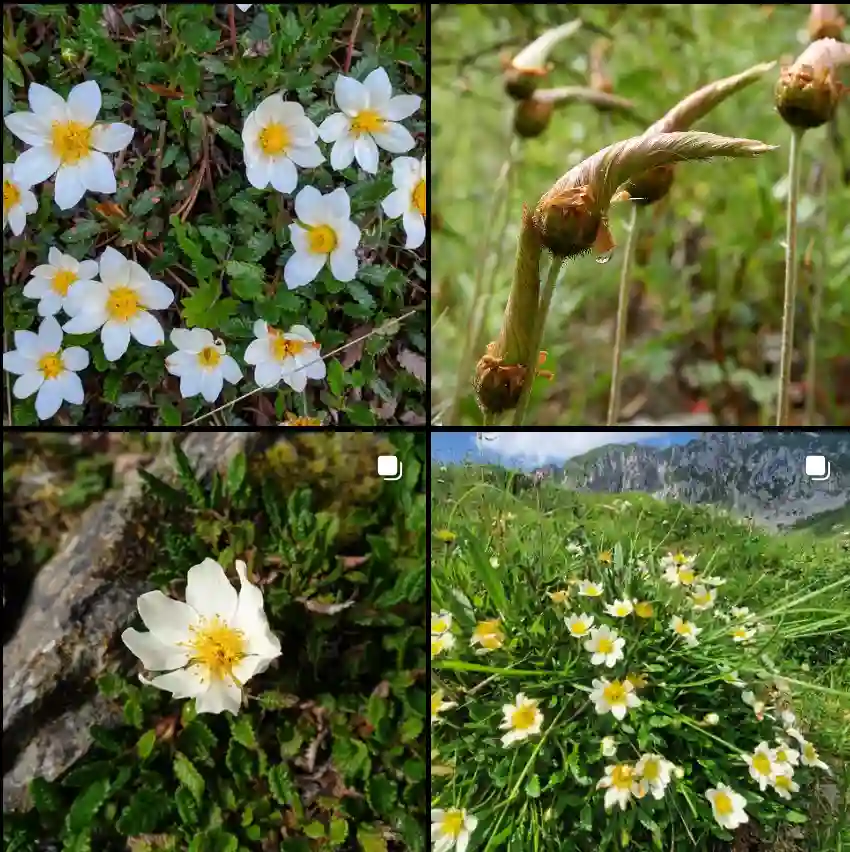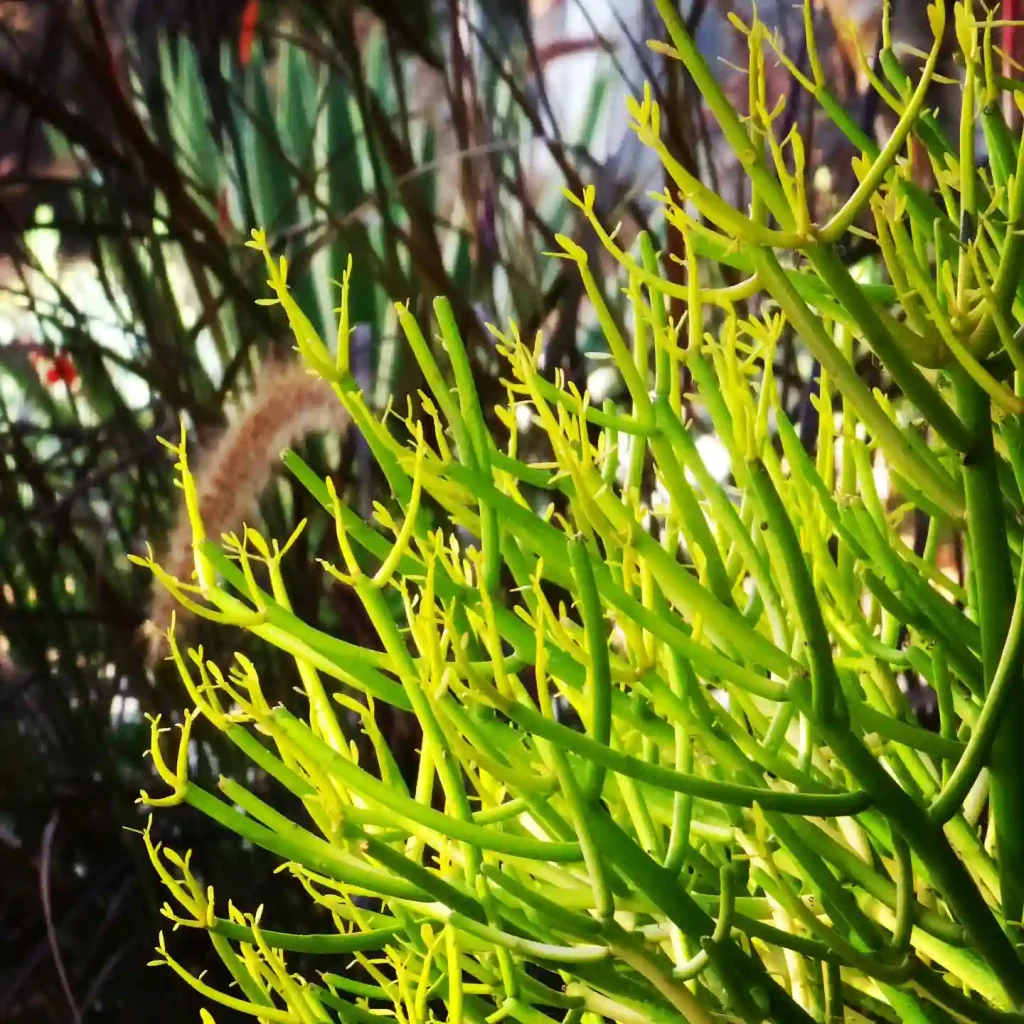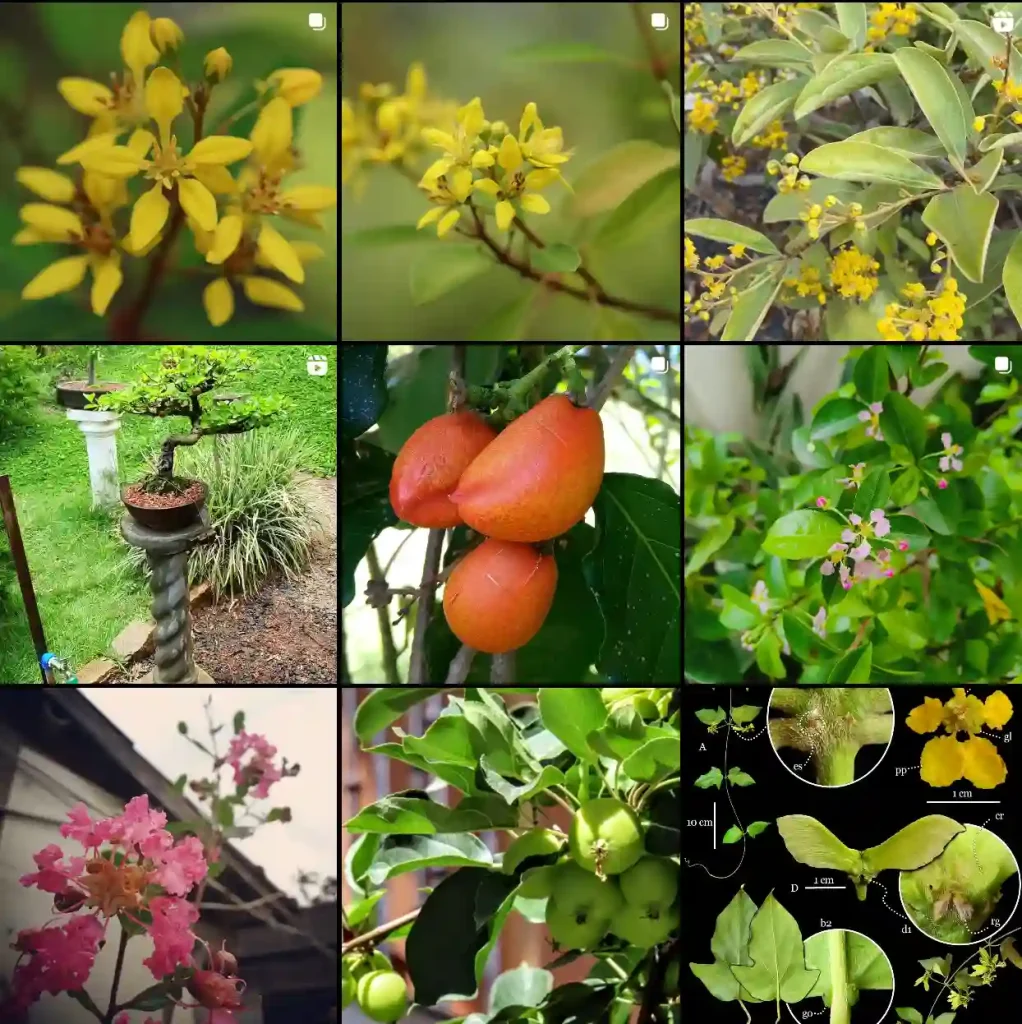FAQs About Raphanus Raphanistrum: All You Need to Know
Raphanus Raphanistrum, commonly known as wild radish, is a fascinating plant that I’ve come to appreciate for its resilience and adaptability. You might be wondering about its uses, how it compares to other plants, or even how to care for it. Let’s dive into some of the most common questions I’ve encountered about Raphanus Raphanistrum.
Can You Eat Raphanus Raphanistrum?
Yes, you can eat Raphanus Raphanistrum, but it’s important to note that it’s not cultivated for human consumption in the same way as domesticated radishes. While the leaves, flowers, and seeds are edible, they tend to have a stronger, more peppery flavor compared to cultivated radishes. Some foragers include wild radish in salads or use it as a garnish, but it’s best to consume it in moderation due to its potent taste. The plant has been used historically as a wild edible, but it’s more commonly seen as a weed in agricultural fields.
Plant Family: 354 Genera in Brassicaceae
How Are Zea Mays and Raphanus Raphanistrum Different?
Zea mays, or corn, and Raphanus Raphanistrum couldn’t be more different in terms of their biological and agricultural roles. Zea mays is a large grass species, primarily grown for its edible seeds, which we know as corn. It is a staple crop in many parts of the world, providing food for both humans and livestock.
Raphanus Raphanistrum, on the other hand, belongs to the Brassicaceae family and is more closely related to radishes and mustards. While Zea mays is intentionally cultivated for its nutritional value, wild radish is often seen as an invasive weed, especially in agricultural fields where it competes with crops for resources. In terms of appearance, Zea mays grows tall with broad leaves and produces ears of corn, while Raphanus Raphanistrum has delicate, lobed leaves and small, pale yellow or white flowers.
How Does Raphanus Raphanistrum Grow Best?
Raphanus Raphanistrum thrives in open, disturbed soils, making it a common sight in fields, roadsides, and wastelands. It prefers full sun and well-drained soil but is not particularly picky about nutrient levels, which is why it can become invasive in some areas. While it does best in temperate climates, it can adapt to a wide range of environmental conditions.
One interesting aspect of wild radish is its ability to grow in soils that are less fertile, making it a hardy plant. It’s often found in areas where other crops struggle to establish themselves. However, if you’re looking to cultivate it for any reason, providing it with ample sunlight and avoiding overly wet or compacted soils will help it grow to its full potential.
How Tall Is Raphanus Raphanistrum?
Raphanus Raphanistrum can grow up to 1 meter (about 3 feet) tall under ideal conditions. It tends to form a bushy plant with several branching stems, each topped with clusters of small, four-petaled flowers. The height can vary depending on the growing environment, with plants in richer soils tending to grow taller and fuller compared to those in poorer conditions.
How to Care for Raphanus Raphanistrum?
Caring for Raphanus Raphanistrum is relatively simple, primarily because it doesn’t require much. If you’re growing it intentionally or trying to manage it in your garden, the key is to ensure it has plenty of sunlight and moderately well-drained soil. Water it sparingly, as it’s drought-tolerant, and avoid over-fertilizing since the plant thrives in leaner soils. In most cases, it doesn’t need any special attention, and in fact, it can be difficult to control if left unchecked.
Is Raphanus Raphanistrum Toxic?
No, Raphanus Raphanistrum is not toxic to humans, although it’s not widely consumed outside of foraging circles. However, as with many wild plants, it’s best to exercise caution if you’re unfamiliar with it. Wild radish can be mistaken for other plants, and not all of them are as safe. Livestock may graze on wild radish, but in large quantities, it could potentially cause digestive issues due to its strong compounds.
How to Propagate Raphanus Raphanistrum?
Wild radish reproduces primarily through seeds, which are dispersed by wind or water. The seeds germinate readily, especially in disturbed soils, making it easy for this plant to spread. If you’re propagating it intentionally, simply scatter seeds on the soil surface in the fall or early spring, and you’ll see growth within a few weeks. It’s a fast grower, and in favorable conditions, it can quickly colonize an area.
Common Problems with Raphanus Raphanistrum
One of the most common problems with Raphanus Raphanistrum is its invasive nature. In agricultural settings, it can become a major weed, competing with crops like wheat or barley for nutrients, light, and space. If you’re not careful, wild radish can quickly overtake an area, making it difficult to manage other plants. Controlling it involves regular weeding, mulching, and, in some cases, using herbicides.
What to Plant with Raphanus Raphanistrum?
Since wild radish is often considered a weed, it’s not typically planted alongside other garden plants. However, if you’re interested in using it as a companion plant, consider planting it with other hardy species that can tolerate competition for nutrients and light. Some gardeners use wild radish as a cover crop or green manure, as it helps improve soil structure and adds organic matter when tilled back into the ground.
Can You Grow Raphanus Raphanistrum Indoors?
While it’s possible to grow wild radish indoors, it’s not particularly common. This plant thrives best outdoors where it can receive full sunlight and has ample space to spread. Growing it indoors would require a large container and very bright light, such as from a south-facing window or grow lights. Even then, its fast-growing nature may make it difficult to manage in an indoor setting.
Benefits of Raphanus Raphanistrum
Despite being seen as a weed, wild radish does have some benefits. Its flowers attract pollinators, such as bees and butterflies, and its deep roots help aerate the soil. Some farmers use it as a green manure crop, as it improves soil fertility when incorporated back into the ground. Its hardiness also makes it a useful plant for erosion control in disturbed areas.
In conclusion, Raphanus Raphanistrum is a resilient and versatile plant that may not always be welcome in gardens, but it certainly has its place in the ecosystem. Whether you’re curious about its edibility, growth habits, or how it compares to other plants like Zea mays, there’s plenty to learn about this tenacious species.
If i die, water my plants!



